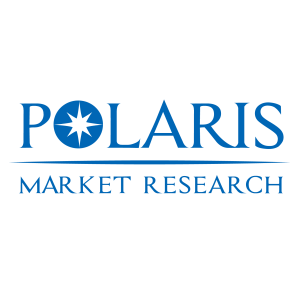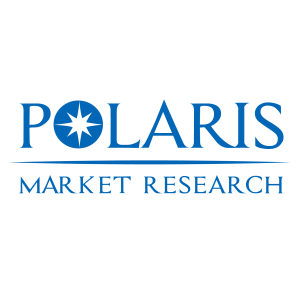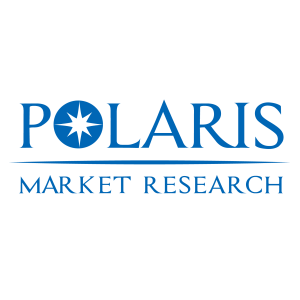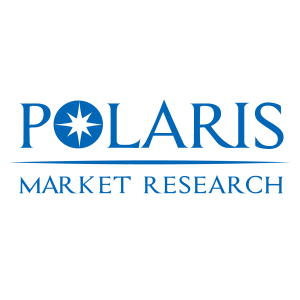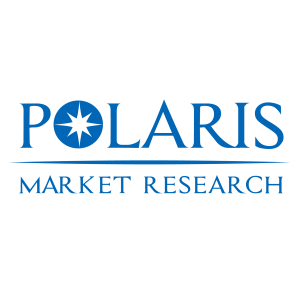The Fill Finish Manufacturing Market was valued at USD 16.73 billion in 2024 and is expected to grow at a CAGR of 8.7%, reaching USD 38.53 billion by 2034. Rising demand for injectable biologics, vaccines, and sterile drugs, coupled with technological advancements in automated filling and packaging solutions, is propelling the market forward.
Fill finish manufacturing is a critical segment of pharmaceutical production, encompassing sterile filling, packaging, labeling, and quality assurance of injectable drugs. The process ensures that drugs meet rigorous safety, sterility, and regulatory standards mandated by authorities such as the FDA, EMA, and WHO. Increasing investment in biologics, prefilled devices, and vaccine production facilities is driving demand for advanced fill finish solutions.
LSI Keywords: sterile injectable production, robotic filling systems, biopharmaceutical manufacturing automation, vaccine packaging solutions
Market Overview
The fill finish manufacturing industry is undergoing rapid transformation as pharmaceutical companies and CMOs adopt advanced automation and digitalization. Automated filling lines, robotic arms, and integrated monitoring systems are being implemented to enhance efficiency, minimize human error, and ensure sterility.
The COVID-19 pandemic emphasized the importance of high-volume vaccine production, highlighting the need for scalable and reliable fill finish operations. Biologics and vaccines require stringent aseptic processes, which are increasingly being fulfilled through automated and semi-automated filling solutions.
Regulatory compliance remains a key driver, with companies leveraging digital batch records, process monitoring, and predictive maintenance to meet quality standards and prevent contamination. Additionally, outsourcing to CMOs has gained momentum, allowing pharmaceutical companies to focus on R&D while scaling production efficiently.
Market Segmentation
The market is segmented based on product type, technology, application, end-user, and region.
By Product Type
- Vials
- Syringes
- Ampoules
- Prefilled Devices
Vials and syringes account for the largest share due to widespread use in vaccines, biologics, and injectable therapies. Prefilled devices are growing rapidly due to convenience, accurate dosing, and increasing home healthcare adoption.
By Technology
- Automated Filling Systems
- Semi-Automated Filling Systems
- Manual Filling Systems
Automated systems dominate, providing precise filling, reduced contamination risk, and scalability for high-volume operations. Semi-automated and manual systems are used in smaller-scale or specialized production environments.
By Application
- Vaccines
- Biologics
- Small Molecule Drugs
- Other Injectables
Vaccines and biologics are major contributors, driven by global immunization programs, rising chronic disease incidence, and increased biopharmaceutical R&D.
By End-Use Industry
- Pharmaceutical Companies
- Contract Manufacturing Organizations (CMOs)
- Biotech Firms
- Hospitals and Clinics
CMOs are expanding to meet growing outsourcing needs, while pharmaceutical companies invest in in-house facilities to maintain control over quality, compliance, and supply chain reliability.
Regional Analysis
North America
North America dominates the market due to advanced pharmaceutical infrastructure, stringent regulatory compliance, and major investments in biologics and vaccine production. The US is the largest contributor, with significant adoption of automation technologies.
Europe
Europe’s growth is supported by strong pharmaceutical and biotechnology sectors in Germany, France, and the UK. Regulatory compliance, modernization initiatives, and technological adoption drive demand for fill finish manufacturing solutions.
Asia-Pacific
Asia-Pacific is the fastest-growing region, with India, China, and Japan leading due to increasing vaccine production, biotech expansion, and government support for pharmaceutical infrastructure.
Middle East, Africa, and Latin America
Adoption is gradual, focusing on vaccine manufacturing, generic drugs, and infrastructure development. CMOs are increasingly important in supporting scalable and cost-effective fill finish production in these regions.
Key Market Drivers
- Surging Demand for Vaccines and Biologics: Global immunization and rising biopharmaceutical adoption drive sterile filling needs.
- Automation and Robotics: Robotic filling systems improve efficiency, reduce contamination, and enhance production scalability.
- Outsourcing Trends: Pharmaceutical companies rely on CMOs for cost-effective, flexible, and compliant fill finish operations.
- Stringent Regulatory Compliance: FDA, EMA, and WHO regulations mandate advanced sterile filling technologies and robust quality assurance systems.
Market Challenges
High capital investment for automated systems, contamination risks, and complex regulatory requirements are significant barriers. A shortage of skilled operators and quality control personnel further impacts market adoption.
Vendors mitigate these challenges through smart automation, IoT-based monitoring, training programs, and collaboration with CMOs to expand capacity and compliance assurance.
Competitive Landscape
The fill finish manufacturing industry is competitive, comprising global technology providers, specialized equipment manufacturers, and contract manufacturing organizations.
Key Companies Include:
- West Pharmaceutical Services
- Lonza Group AG
- Catalent, Inc.
- Recipharm AB
- Samsung Biologics
- PCI Pharma Services
- Baxter International Inc.
- Vetter Pharma International GmbH
- Fresenius Kabi AG
- AGC Biologics
Companies focus on expanding automated production capabilities, strategic partnerships, digital process monitoring, and compliance with global regulatory standards to maintain market leadership.
Emerging Trends
- Prefilled Syringes and Devices: Growing adoption for safety, accuracy, and patient convenience.
- Digital and Smart Manufacturing: IoT and AI integration for real-time monitoring and predictive maintenance.
- CMO Expansion: Outsourcing of fill finish processes continues to rise due to flexibility and cost efficiency.
- Cold Chain Management: Essential for biologics and vaccines to maintain stability during storage and transport.
Future Outlook
The fill finish manufacturing market is projected to grow steadily through 2034. Rising vaccine production, biologics adoption, automation, and digital technologies will drive market expansion. Companies that implement scalable, automated, and regulatory-compliant solutions will maintain a competitive advantage.
As injectable therapies, vaccines, and biologics continue to grow in demand, fill finish manufacturing will remain a pivotal element of the global pharmaceutical supply chain, ensuring safe, efficient, and high-quality drug production.
Conclusion
Fill finish manufacturing is undergoing significant growth driven by automation, biologics, and global vaccination initiatives. From sterile drug filling to prefilled devices and digital manufacturing solutions, the industry ensures product safety, regulatory compliance, and operational efficiency for pharmaceutical and biotech companies worldwide.
For detailed insights and updates, visit Fill Finish Manufacturing.
More Trending Latest Reports By Polaris Market Research:
Mood Support Supplements Market
Shortwave Infrared (SWIR) Market
Space Based Solar Power Market
Ketone Supplements Market: Fad or A Fat Fighter
Shortwave Infrared (SWIR) Market

